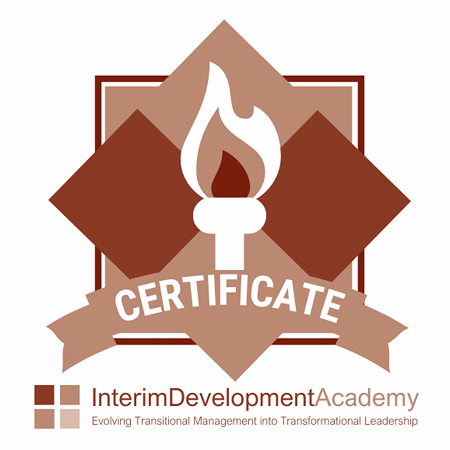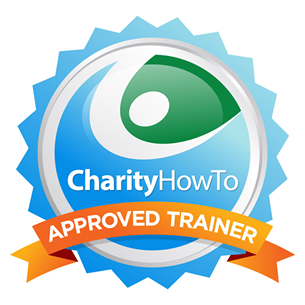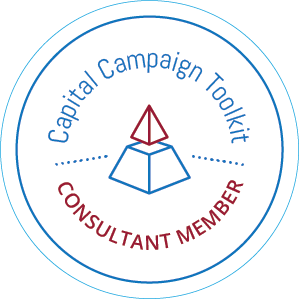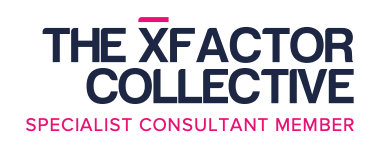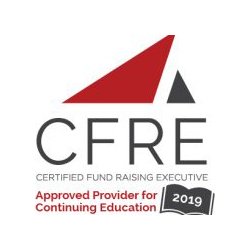You have just been offered a job as a Director of Development and now what?
Well, over the past twenty years, I have had my share of jobs and have started some fundraising offices within nonprofits as part of my consulting practice. As a result, I have gotten pretty good at figuring out what the first steps need to be when setting up your development office.
I am going to share with you some of these first steps on what to get started with immediately to make your first three months a success. These first three months are a particular time of “newness” that you can use to your advantage.
Step #1 – Get established on your working location and equipment. Ensure you set up your office area so that it will be conducive to your work style and habits and ensure that you have all of the hardware and software you need including training.
Step #2 – If you don’t have the required software, don’t skimp by using Excel. Start right out by determining what your current and future needs may be and begin to research and present options for a donor database/CRM system that will meet those needs. You cannot build a successful development program without this foundational component. It is the “brains” behind your program.
Step #3 – Begin conducting a development assessment of the past fundraising efforts of the organization.
Step #4 – To carry out this assessment and to get acclimated to the new organization, use this time to meet with
- Key leadership staff
- Board of Directors
- Any past and/or current donors
- Prospective donors
- Volunteers
- Residents
- Other staff
- Anyone else deemed important to the organization
Step #5 – Use the data that you obtain during this development assessment process to begin to put together a series of recommendations based on best practices that you can put into place during your tenure. Share these recommendations with key leadership and Board members to obtain approval and “buy-in.”
Step #6 – Begin to immerse yourself in the new organization’s programs and services.
Step #7 – Begin to craft a Case for Support if your organization does not already have one in place.
Step #8 – Determine the key projects that need attention in the immediate future and begin to manage them. Get a handle on your development calendar including your annual fund and grant application and reporting deadlines.
Step #9 – Begin to put into place some of the recommendations that you outlined after conducting your development assessment whether they focus on major gifts, planned giving, individual giving, direct mail, etc.
These are some easy and straightforward ways that you can get up to speed quickly and efficiently in your new role and have an immediate impact on your organization’s fund development program. Early wins=your success.


 l of $50,000, you would need a top gift of $12,500.
l of $50,000, you would need a top gift of $12,500.  Throughout my professional career, I have been victim to bad databases, and I have been asked to work with bad databases.
Throughout my professional career, I have been victim to bad databases, and I have been asked to work with bad databases. throughout the New England region. Some of these nonprofits have included Malta House of Norwalk, CT, Friends of Buttonwood Park of New Bedford, MA, and United Methodist Elder Care of East Providence, RI.
throughout the New England region. Some of these nonprofits have included Malta House of Norwalk, CT, Friends of Buttonwood Park of New Bedford, MA, and United Methodist Elder Care of East Providence, RI. ning.
ning. When I surmise this is the case, I often ask, “Have you asked your donors?” And, the response is “No, how do you ask them?”
When I surmise this is the case, I often ask, “Have you asked your donors?” And, the response is “No, how do you ask them?” average of twenty cents per dollar raised to renew donors via direct mail? It costs about $1 to $1.25 to acquire a donor using that same method. That is five times more. And, on the converse, these new donors tend to give substantially less. It is much easier to upgrade an existing loyal donor to a higher level of giving.
average of twenty cents per dollar raised to renew donors via direct mail? It costs about $1 to $1.25 to acquire a donor using that same method. That is five times more. And, on the converse, these new donors tend to give substantially less. It is much easier to upgrade an existing loyal donor to a higher level of giving. important to not only look at internal things that will impact your fundraising success i.e. Board of Directors, etc., but it is also critical to examine external factors as well. Some external things that may affect the success of fundraising include political factors (i.e. election time), economic (a down economy), sociocultural (changing demographics), and technology (changes in the web, social media, etc.). Development audits also tend to examine others in the industry including nonprofits serving the same type of causes, similar sizes, potential collaborators, and other market factors).
important to not only look at internal things that will impact your fundraising success i.e. Board of Directors, etc., but it is also critical to examine external factors as well. Some external things that may affect the success of fundraising include political factors (i.e. election time), economic (a down economy), sociocultural (changing demographics), and technology (changes in the web, social media, etc.). Development audits also tend to examine others in the industry including nonprofits serving the same type of causes, similar sizes, potential collaborators, and other market factors).